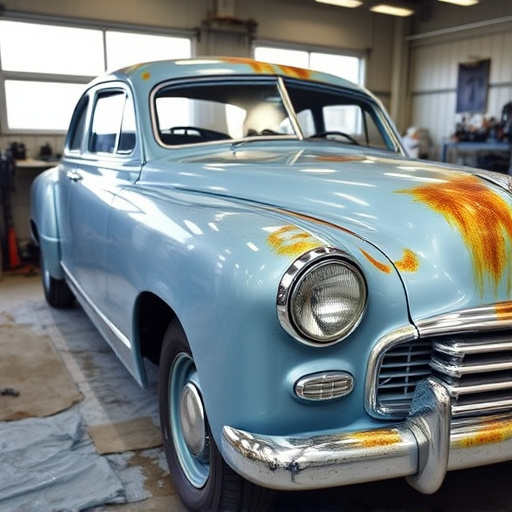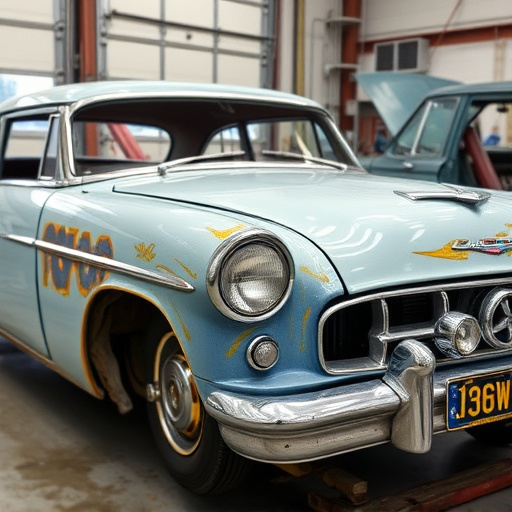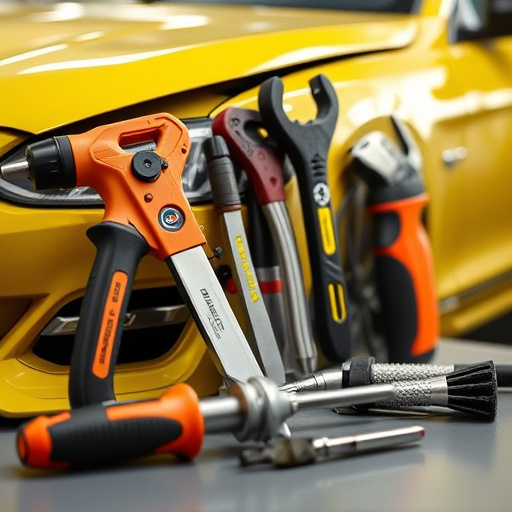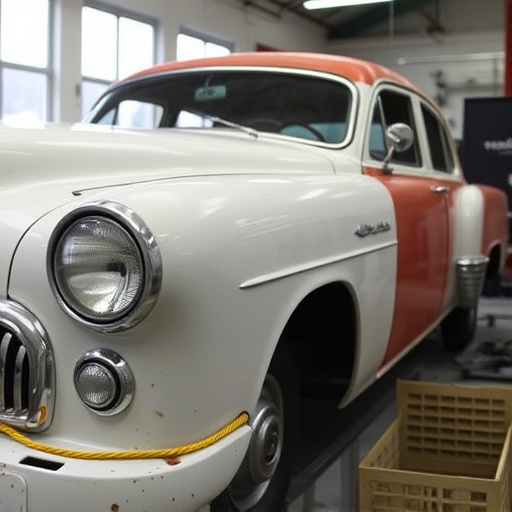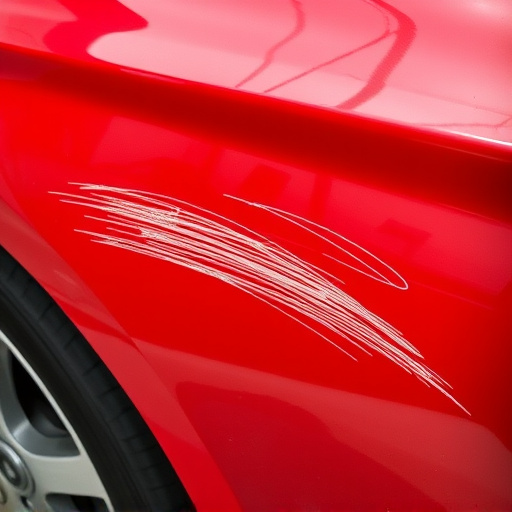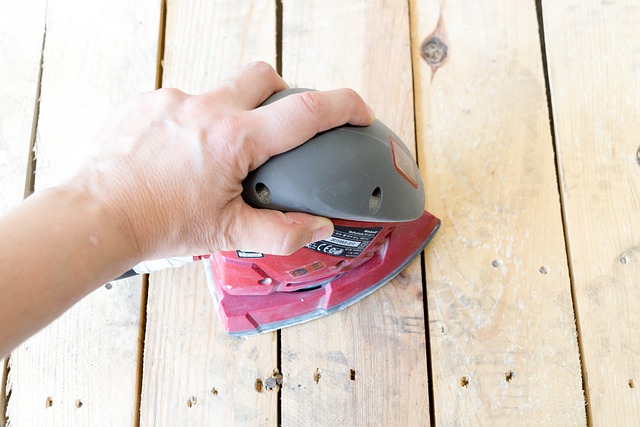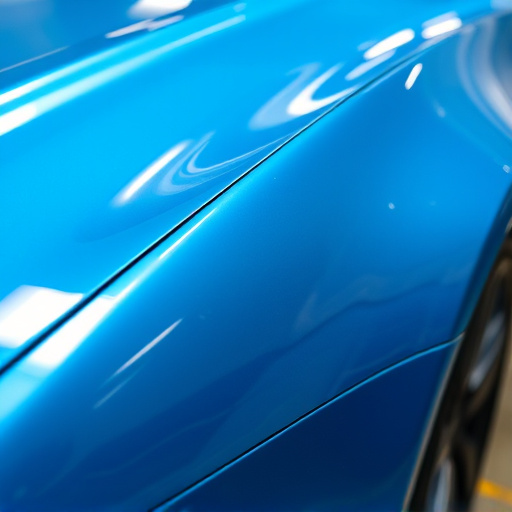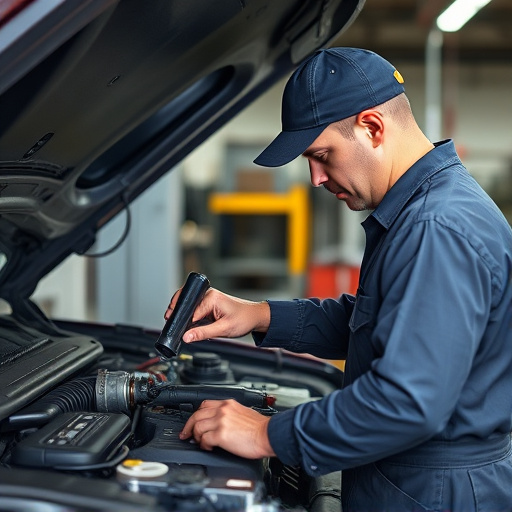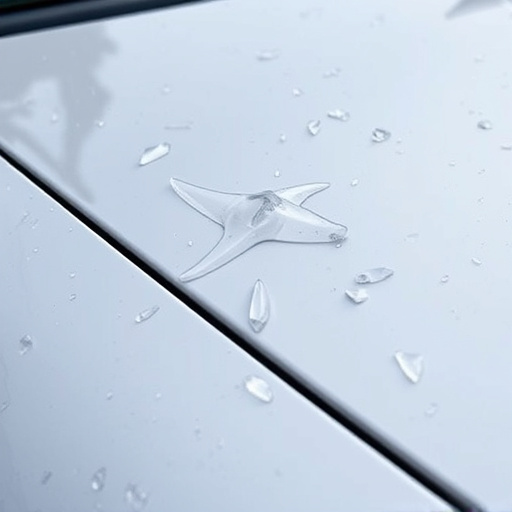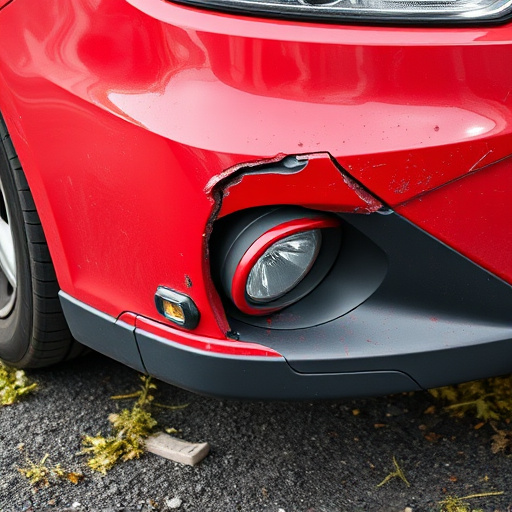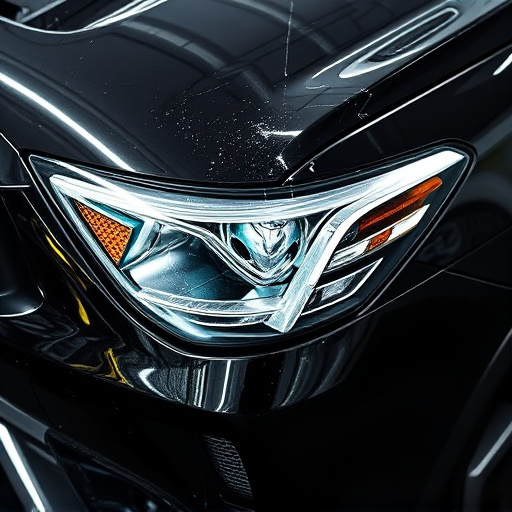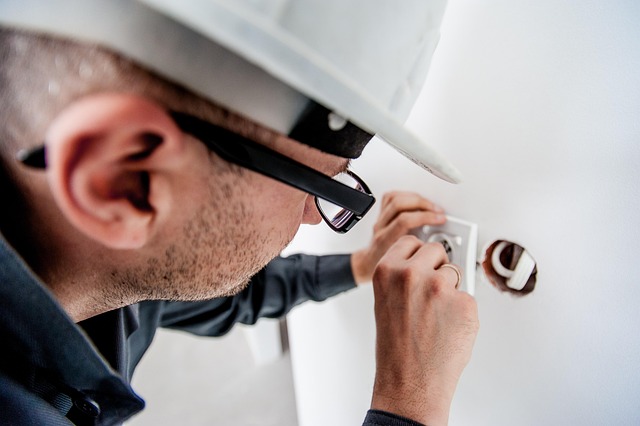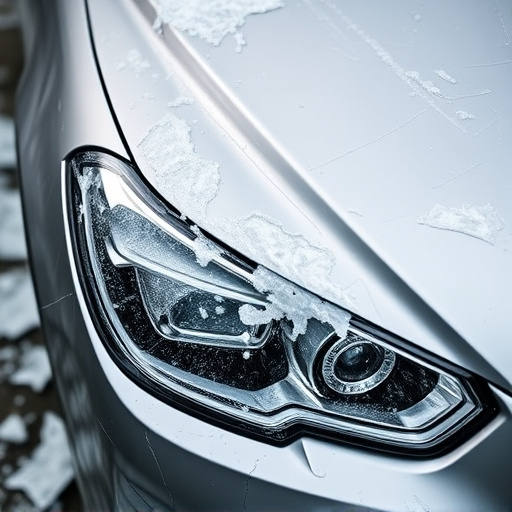Color matching excellence in automotive repairs relies on understanding color space and gamut to ensure precise reproduction using standards like Pantone or CMYK. Advanced tools like spectrophotometers measure damaged surfaces, while rigorous QA and control procedures guarantee accurate color mixing and application, maintaining aesthetic integrity and customer satisfaction.
Achieving flawless color matching is paramount in manufacturing, ensuring products meet stringent specifications. This comprehensive guide explores the intricate process of achieving color matching excellence. From comprehending complex color space and gamut dynamics to employing precise measurement techniques, we delve into best practices for quality assurance and control. Learn how these strategies enable manufacturers to consistently deliver superior results, ensuring every product meets exacting color standards.
- Understanding Color Space and Gamut
- Accurate Measurement Techniques
- Quality Assurance and Control Procedures
Understanding Color Space and Gamut
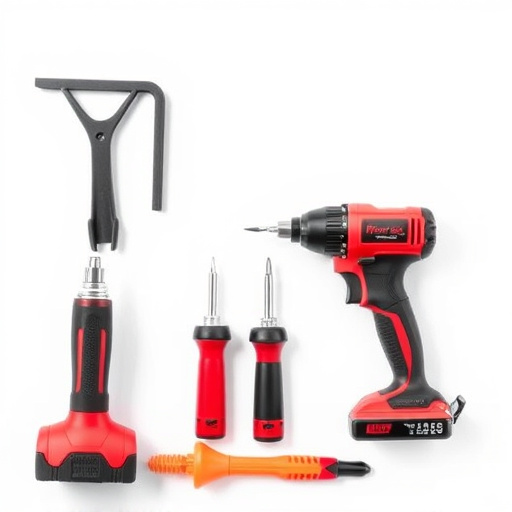
In the pursuit of color matching excellence, understanding color space and gamut is paramount. Color space refers to the range or spectrum of colors that a specific system can represent, while gamut describes the subset of colors that a particular device can display accurately. For instance, in the automotive industry, where precision is key, adhering to standards like Pantone or CMYK ensures consistent and accurate color reproduction during vehicle repair services and car body repair processes. This meticulous attention to detail is what sets apart a top-notch collision repair center from its competitors.
By grasping these concepts, professionals in collision repair centers can seamlessly translate manufacturer specifications into tangible results. They can match colors not just visually but with scientific precision, ensuring that every vehicle leaves the workshop looking as good as new. This level of color matching excellence is crucial for maintaining the aesthetic integrity and resale value of cars, making it a vital aspect of modern vehicle repair services.
Accurate Measurement Techniques
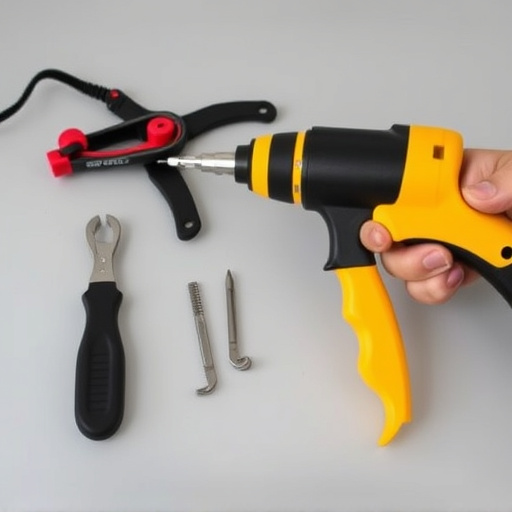
Achieving color matching excellence in auto body shops or car repair centers is a meticulous process that relies heavily on accurate measurement techniques. Professionals use advanced tools like spectrophotometers to capture and analyze the precise shade, hue, and tone of damaged surfaces. This scientific approach ensures that every nuance is considered when reproducing the original color during the auto glass repair or car body repair process.
By employing these sophisticated measurement methods, technicians can bridge the gap between the client’s expectations and the final outcome. The result is a seamless restoration where color matching excellence becomes the norm rather than the exception, ensuring satisfied customers and a flawless finish on every project, whether it’s an auto body shop or car body repair endeavor.
Quality Assurance and Control Procedures
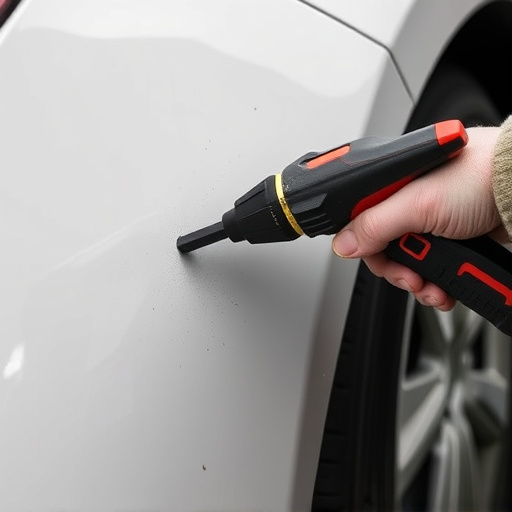
Achieving color matching excellence requires stringent Quality Assurance (QA) and Control Procedures. These processes are vital to ensure that each auto body repair, whether it’s a minor car dent removal or a bumper repair, meets manufacturer specifications accurately. QA involves meticulous examination of every detail, from surface preparation to the final coat application, using advanced tools like color scanners and trained eye assessments.
Control procedures dictate precise standards for color mixing and application, ensuring that the repairs not only match the original vehicle’s finish but also maintain the overall aesthetic integrity. This dedication to quality not only guarantees customer satisfaction with seamless car dent removal or bumper repair but also underpins the reputation of top-tier auto body services.
Achieving exceptional color matching excellence requires a comprehensive understanding of color space, precise measurement techniques, and robust quality assurance. By adhering to these principles, manufacturers can consistently meet or exceed specifications, ensuring vibrant, accurate colors across various applications. This dedication to detail results in superior products that deliver on visual expectations, ultimately enhancing customer satisfaction.
